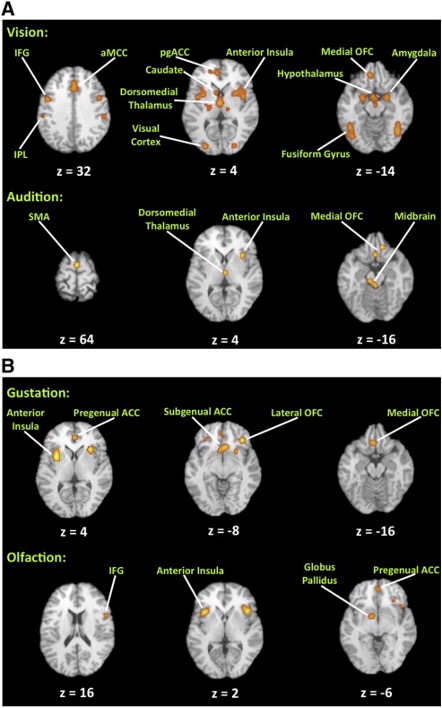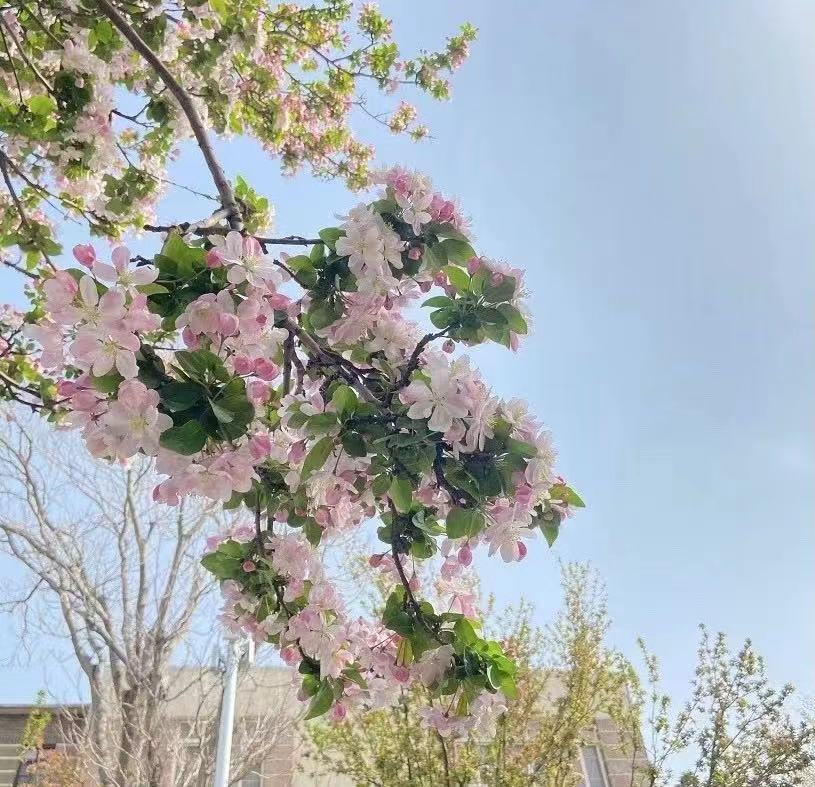Thinking about arts and learning about the relationship between arts and the brain make me wonder several questions: what it means when people say you have a good taste; why do we feel amused going to art galleries; and how do we know if something is beautiful? A word jumped out of my mind when pondering these three questions—aesthetics. Aesthetics is our perception of beauty, and such perception is a special process different from the appraisal of ordinary objects. This is why our appreciation of art is presumed cognitively distinct from our appreciation of a water bottle or a banana, and the analyze of brain activity when experiencing objects of beauty is called neuro-aesthetics.
When we have aesthetic experiences such as looking at the painting of Mona Lisa or the city skyline, there is complex neural process that happen in the brains. The most important part of the brain for aesthetic appraisal is the anterior insula which is located in the deep folds of the cerebral cortex. However, it was surprising for the researchers to find out that the anterior insula is the aesthetic center because from previous study, the anterior insula is usually related with negative emotions.
Brain is one of the most complex structures in our body, and it is obvious that aesthetic experiences not only activated the anterior insula but arouse different combinations of areas in the brain, and a research conducted by a team of researchers has found that the overlap is always found in the medial orbital frontal cortex.
The study used meta-analysis of 93 published neuroimaging studies that have participants to make appraisal of the quality of both art and non-art objects across four sensory modalities: vision, hearing, gustation, and olfaction, and have whole-brain analyses performed either using fMRI or PET. The researchers hypothesized that the most reactions in the brain will be discovered in the orbital frontal cortex (OFC).

As predicted, the fMRI and PET results support that medial orbital frontal cortex is responsible for aesthetic experiences because it always “light-up” during the aesthetic experiences. They also found that the anterior insula also makes reactions. The researchers discuss the main function of the OFC as it collects information from the “what sensory pathway, we can then know that aesthetic processing is, at its core, the appraisal of the value of an object — in other words, an assessment of whether an object is ‘good for me’ or ‘bad for me’” (Brown, Steven, 2011). Scholars have made connections of this to the evolutionary aspect of the aesthetic system of the brain that there is no evidence to prove the emotion areas activated by artworks is different from everyday objects important for survival. Therefore, there is a reasonable evolutionary hypothesis that the aesthetic system of the brain evolved first for the appraisal for objects of biological importance, such as food and attractiveness of potential mates.
This evolutionary hypothesis could explain why people use flowers for forgiveness, at funerals, or at celebrations, and flowers provide people with feelings of joy. Looking back on evolution, flowers signaled positive environments for human habitation, so it makes sense that they are likely to lower people’s stress levels. For me, when I see beautiful flowers on the streets, I always have a strong desire to take pictures of them, and I would sometimes look back on those pictures in my album. Now, I am able to understand where that desires and pleasure of seeing beautiful sceneries come from.

It is fascinating to learn that our perception of beauty has inseparable connection with our biological needs and which parts of the brain are “triggered” when we see the beauty around us!
Reference:
Brown, Steven, et al. “Naturalizing Aesthetics: Brain Areas for Aesthetic Appraisal across Sensory Modalities.” NeuroImage, vol. 58, no. 1, 2011, pp. 250–258., doi:10.1016/j.neuroimage.2011.06.012.